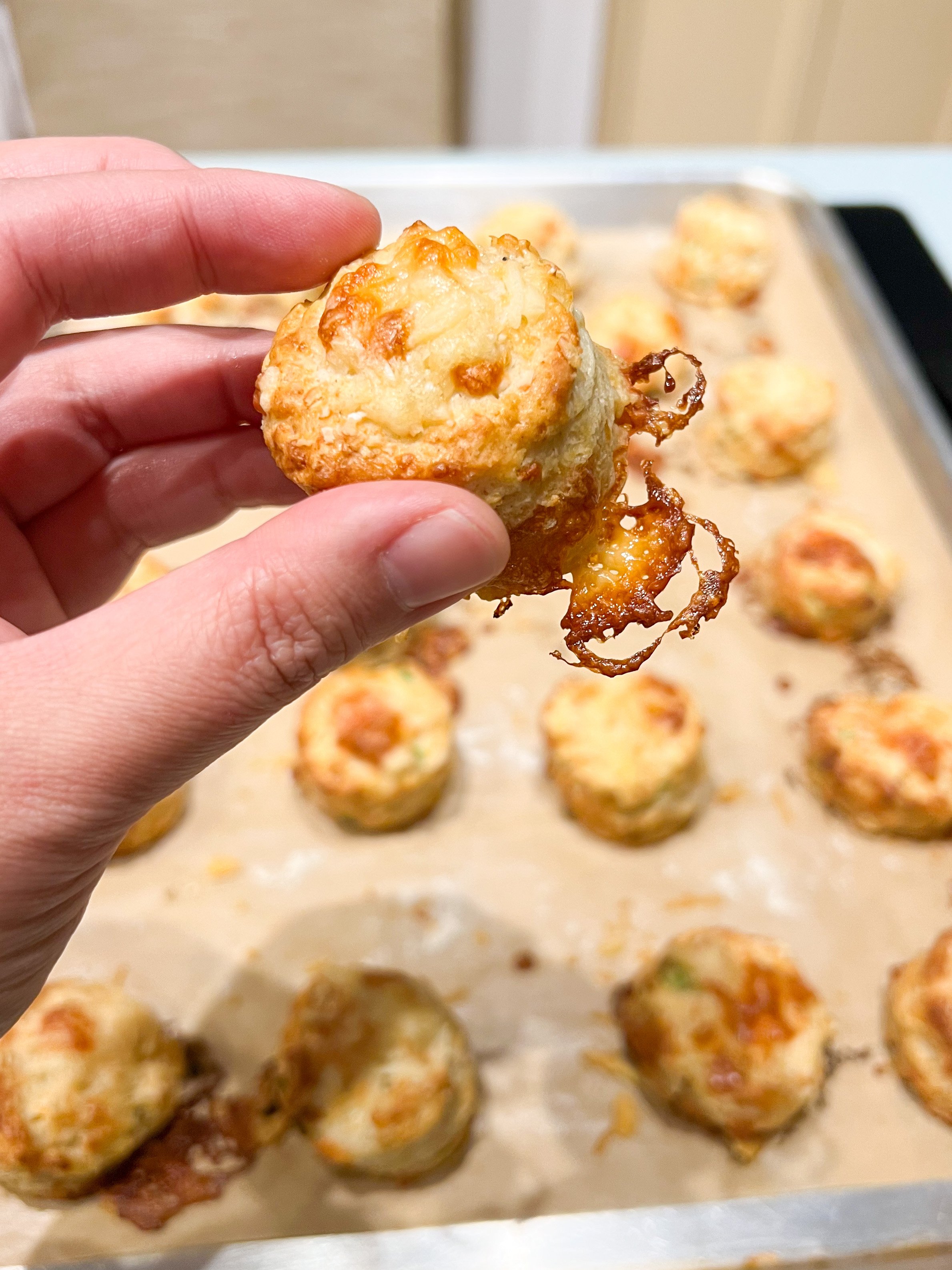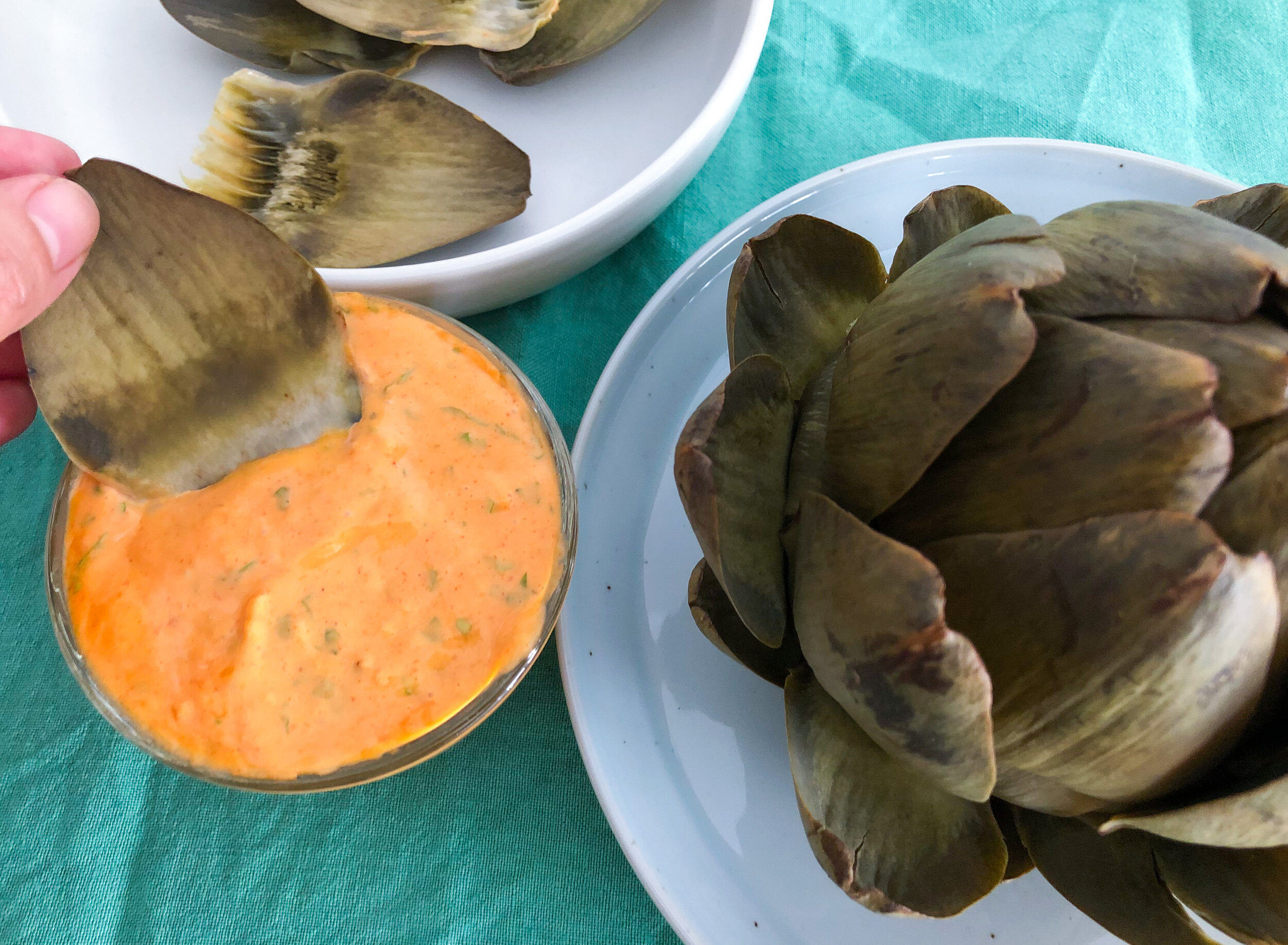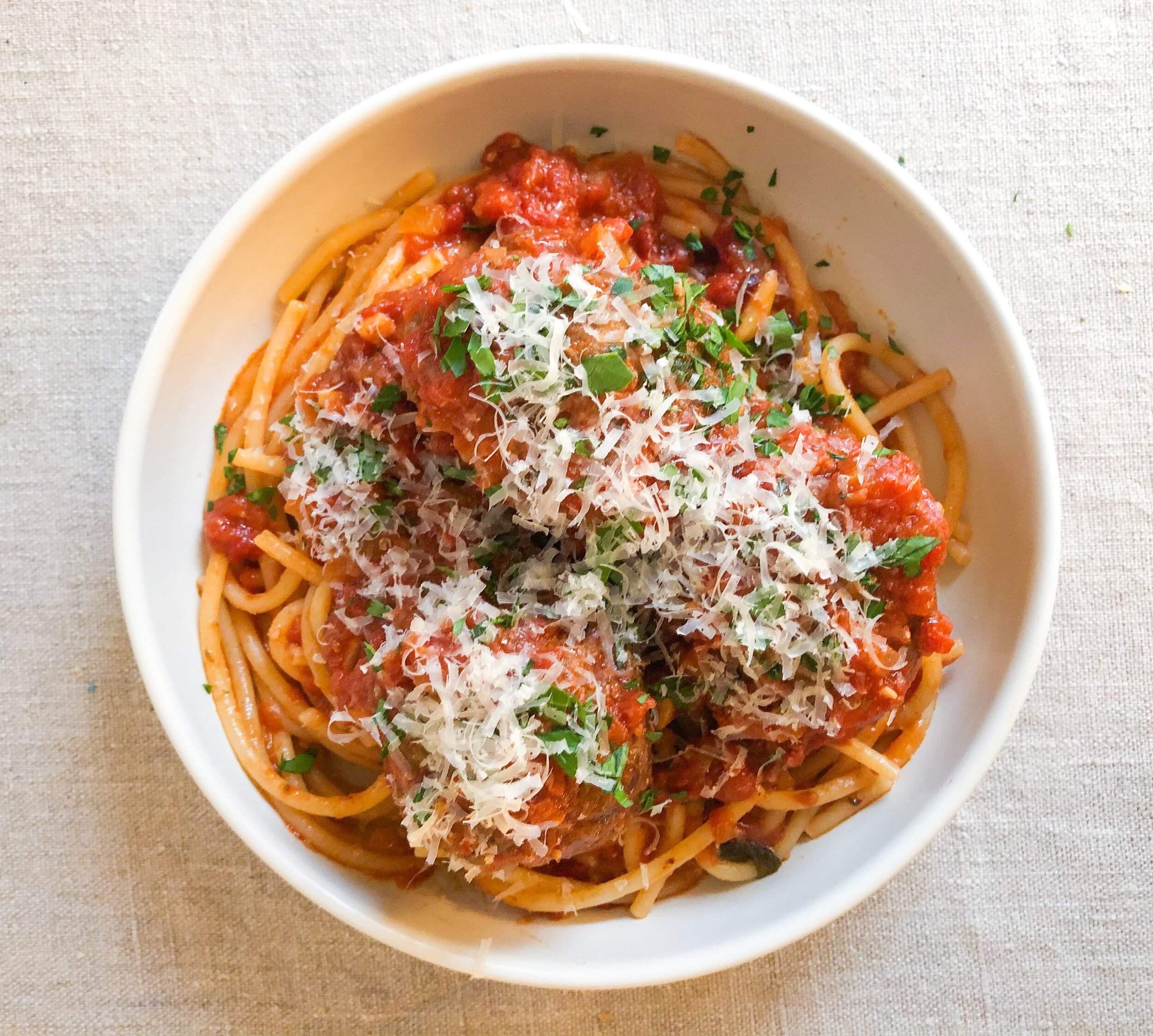I love having celery in my fridge to make stock or as a base for a sofrito or something, but I find that I never need a whole head of celery, just a few stalks. I always get sad when celery goes to waste, so I chop up whatever I have left in my fridge to make cute, crunchy salads. I like the brightness of the tart cherries and mustardy vinaigrette. It works perfectly as a starter for fondue or a quick lunch with some chicken. You can quickly adapt this recipe by throwing in what you think will go well from your fridge, a little cheese if you’d like, some apples, or whatever you want.
Ingredients
Salad
1 head of celery (or whatever you have after you've cooked with celery)
¼ cup of dried unsweetened cherries
½ cup pecan halves raw
1 scallion
Vinaigrette
Juice of one lemon
1 teaspoon of Dijon mustard
1 teaspoon honey (maple syrup or sugar are great substitutes)
¼ olive oil
1 clove of minced garlic
Salt and pepper to taste
Flakey salt to finish
Instructions
Toast the pecans in the oven at 375℉ or 190℃ for 5-6 minutes or until just toasted. Remove them from the oven, cool them, and set them aside.
To assemble the dressing, whisk together the Dijon mustard, lemon juice, and honey in a small bowl. Slowly drizzle in about a fourth cup of olive oil while whisking to create a smooth, emulsified dressing—season with salt and pepper to taste.
Wash and cut celery into thin slices on the diagonal (⅛ inch or ⅓ cm-ish). I love the drama of a thin and severe diagonal slice. Place sliced celery in a large mixing bowl. Chop the cherries and pecan, mince the herbs, and add them to the bowl of celery.
Fifteen minutes before serving the salad, toss the ingredients with the vinaigrette. I like to let the salad sit a little to soak up the dressing. If you let the salad sit too long, it’ll release a lot of water, and the celery will get soggy. Taste and top with some flakey salt right before serving. If I’m feeling jazzy, I’ll drizzle a little extra honey on the top when I add flakey salt.













































